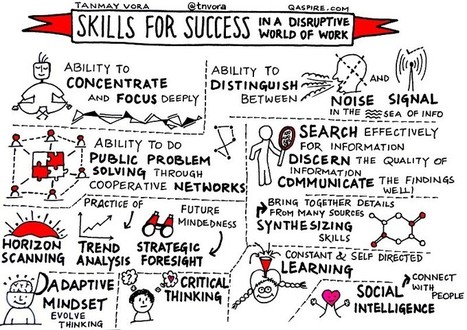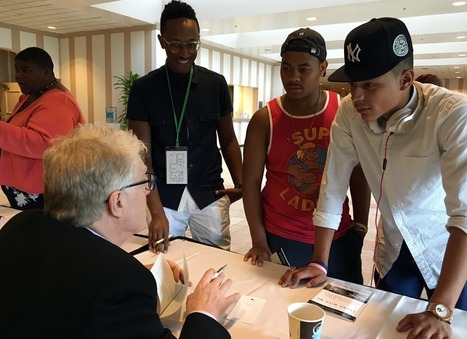“Skills young people should be learning to be prepared for a career in 2020 include:
The ability to concentrate, to focus deeply.
The ability to distinguish between the “noise” and the message in the ever-growing sea of information.
The ability to do public problem solving through cooperative work.
The ability to search effectively for information and to be able to discern the quality and veracity of the information one finds and then communicate these findings well.
Synthesizing skills (being able to bring together details from many sources).
The capability to be futures-minded through formal education in the practices of horizon-scanning, trends analysis and strategic foresight.”
Learn more / En savoir plus / Mehr erfahren:
https://gustmees.wordpress.com/2015/05/26/what-are-the-skills-needed-from-students-in-the-future/
Via Gust MEES, Jim Lerman



 Your new post is loading...
Your new post is loading...


















